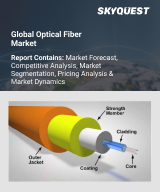
Product ID: SQMIG20D2244
Report ID:
SQMIG20D2244 |
Region:
Global |
Published Date: April, 2024
Pages:
199
|
Tables:
91 |
Figures:
71
We respect your privacy rights and safeguard your personal information. We prevent the disclosure of personal information to third parties.

Product ID: SQMIG20D2244